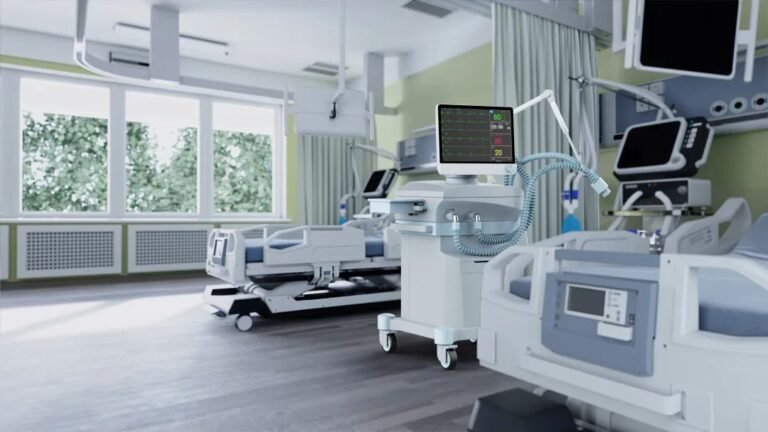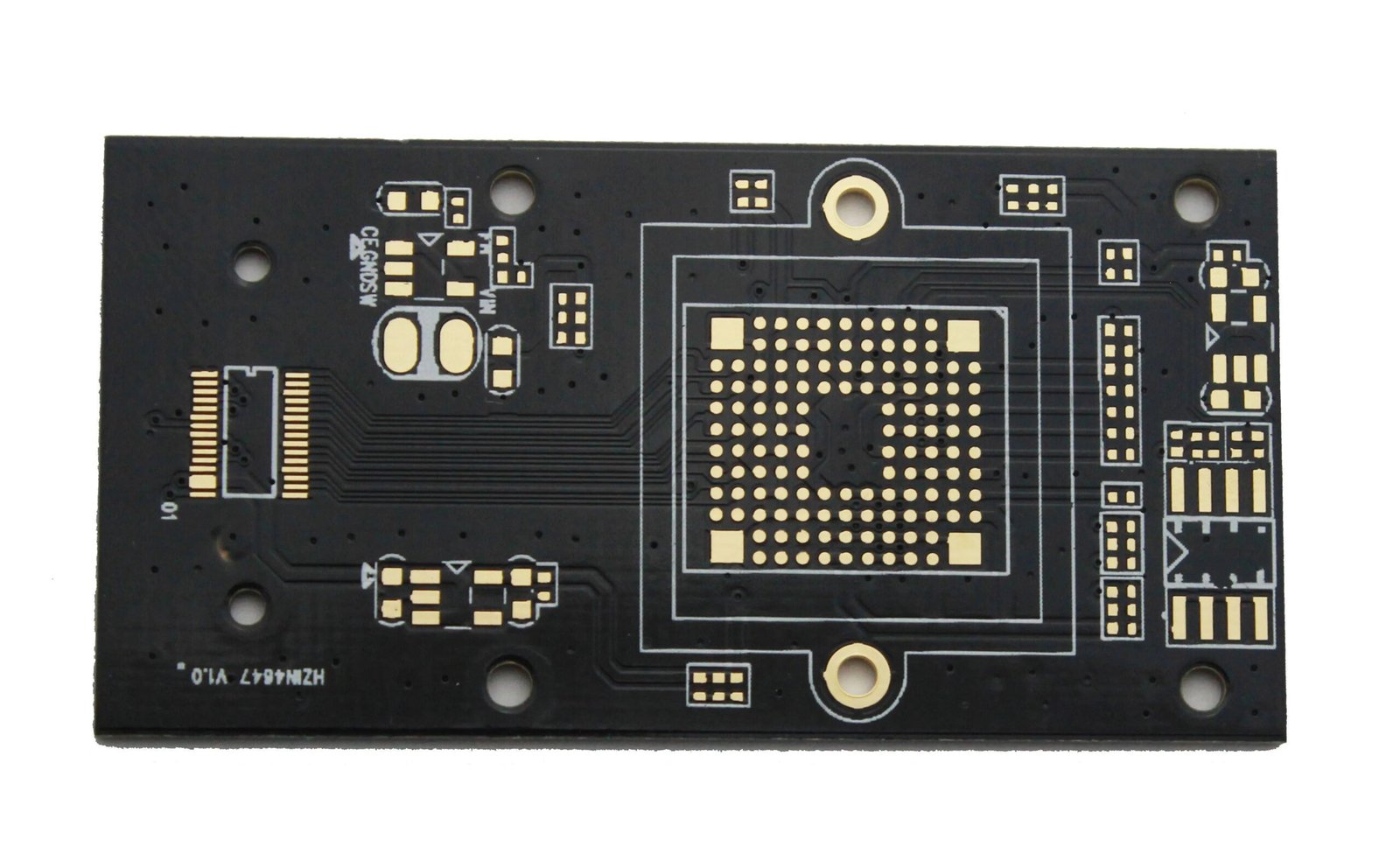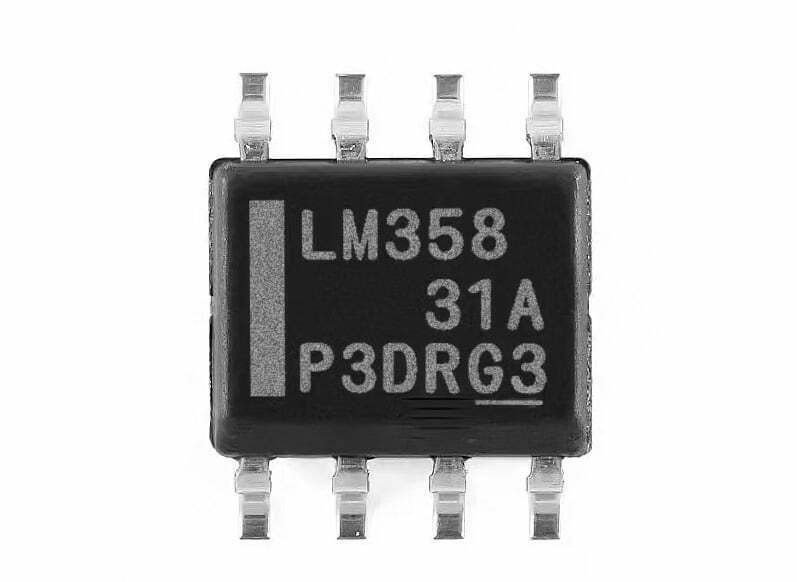Introduction to Ventilator
A ventilator is a medical device that is used to assist in breathing for patients who are unable to do so on their own due to a variety of conditions, such as respiratory distress syndrome, COPD, obstructive sleep apnea, and asthma. In essence, the ventilator moves air in and out of the lungs, helping the patient to breathe.

Principles of Ventilator
A ventilator works by providing a stream of air or oxygen to the lungs, allowing the patient to take in oxygen and exhale carbon dioxide. This is especially important for those suffering from respiratory illnesses, as it can help them to maintain oxygen levels in their blood streams.
Components of a Ventilator
The ventilator is a mix of electronic circuits and mechanical air circuits. Its general structure is composed of nine parts: oxygen source, solenoid valve, mixed air device, pressure limiting valve, humidifier and temperature control circuit, airway resistance meter, breathing valve, signal box, and solenoid valve control circuit.
Oxygen source
It is an oxygen storage device designed to provide the patient with the oxygen they need to inhale. Usually supplied by high pressure oxygen cylinder or compressed air.
Solenoid valve
The solenoid valve is an on-off valve for the “oxygen source”. The difference between it and the mechanical regulating valve is that it is electrically controlled, that is, by controlling the on and off of the solenoid valve coil current to control the opening and closing of the valve, so as to make the air flow or cut off. Its working principle is somewhat similar to ordinary relays.
Mixed air
The air mixing device uses the principle of reducing the lateral pressure of the high-speed fluid, and injects oxygen from the high-speed nozzle to generate a negative pressure area. The air pressure on both sides is greater than the negative pressure area, and the air is involved in the high-speed flowing oxygen.
Pressure limiting valve
The pressure limiting valve is a gas pressure limiting device that ensures that the gas is output at a certain pressure. When the machine leaves the factory, it is generally adjusted to a height of 6kPa (60cmH2O). If the output air pressure of the machine exceeds this value, the gas will be automatically released to ensure the safety of the patient.
Humidifier and temperature control circuit
It is a constant temperature device with constant temperature water and gas can enter and exit. The device can avoid the stimulation of the patient’s lungs by cold air, avoid dehydration of the respiratory tract mucosa, and play the role of humidification, filtration and warmth similar to the human respiratory tract. The temperature control circuit is a circuit used to adjust the water temperature in the humidifier and keep it constant.
Airway resistance table
This table is a device used to indicate the resistance of the patient’s airway. From the airway resistance and the pressure of the oxygen source, the oxygen content (excluding the oxygen content in the air) and the tidal volume can be calculated respectively.
Breathing valve
It is a device that uses pneumatic methods to drive two valves to realize the organic combination of three signals of exhalation, IC chip decryption and inhalation, and negative air pressure. When inhaling, the inspiratory valve is opened, and the machine supplies air to the patient in one direction. When exhaling, the inspiratory valve is closed, and the exhaled gas is discharged through the expiratory tract.
Signal box
The signal box is composed of a pair of sealed electrical contacts driven by a sensitive elastic diaphragm. When the suction negative pressure reaches a certain value, the contact is disconnected, and the signal box outputs a pulse signal. In this way, the patient’s inhalation negative pressure is converted into an electrical signal, and input to the “solenoid valve control circuit” to realize the control effect on the solenoid valve.
Solenoid valve control circuit
It is a logic control system composed of pulse digital circuits, which is used to control the on or off of the solenoid valve. Finally, through the air circuit, the required breathing frequency, the machine-controlled breathing of the breathing-to-breathing time ratio, the synchronized breathing, and the automatic conversion between active and passive breathing are realized.
Types of Ventilators
There are several types of ventilators that vary in terms of their features and capabilities. The most commonly used types of ventilators include:
Positive Pressure Ventilator:
The most common type of ventilator is the positive pressure ventilator, which uses a combination of air pressure and flow to deliver oxygen to the lungs. This type of ventilator is often used in intensive care units, where the patient’s condition is very critical. The air pressure helps keep the airways open so that air can flow in and out of the lungs. Some positive pressure ventilators can be used for both short-term and long-term ventilation.
Volume Ventilator:
This type of ventilator is designed to deliver a specific volume of air to the patient’s lungs. This type of ventilator is typically used for long-term ventilation, such as in the cases of chronic respiratory failure.
Pressure-Controlled Ventilator:
This type of ventilator is designed to control the air pressure delivered to the patient’s lungs. This type of ventilator is used for short-term ventilation, such as in the cases of acute respiratory failure.
Variable Flow Ventilator:
This type of ventilator is designed to vary the flow of air or oxygen delivered to the patient’s lungs. This type of ventilator is used for long-term ventilation, such as in the cases of chronic respiratory failure.
Non-Invasive Ventilator:
This type of ventilator is designed to deliver air or oxygen to the patient without the need for an intubation or a tracheost.
Ventilator Design
Ventilators come in a variety of designs, but generally all have some common features. The design of a ventilator consists of an air flow system, a mask, a control system, and a monitor. The air flow system is responsible for providing the air or oxygen that is being delivered to the patient. The mask is the part of the ventilator that is placed over the patient’s face, allowing the air to be delivered to the lungs. The control system is responsible for regulating the flow of air and controlling its pressure, while the monitor is used to track the patient’s breathing rate and oxygen levels.
Here’re a design sample from Medtronic’s PB560 ventilator system.
Block Diagram
Schematic
CAD Structure
One of the most important elements of a ventilator design is safety. The device must be designed with safety in mind, ensuring that the patient is not exposed to any high levels of air pressure or oxygen that could be potentially dangerous. In addition, the device must be designed to be easy to use and maintain, to minimize the risk of accidental misuse.
In recent years, many advances have been made in the design of ventilators. Many modern ventilators are designed to be portable, allowing them to be used in a variety of environments. In addition, many ventilators now include features such as automatic pressure monitoring, variable pressure settings, and alarms to alert the user if the oxygen levels become too low.
Conclusion
This post introduce the ventilator’s principle, parts, design. It’s an important method to prevent and treat respiratory failure or other support treatment. If you’d like to make a design or reverse engineering to the ventilators, then welcome to contact us for support.









